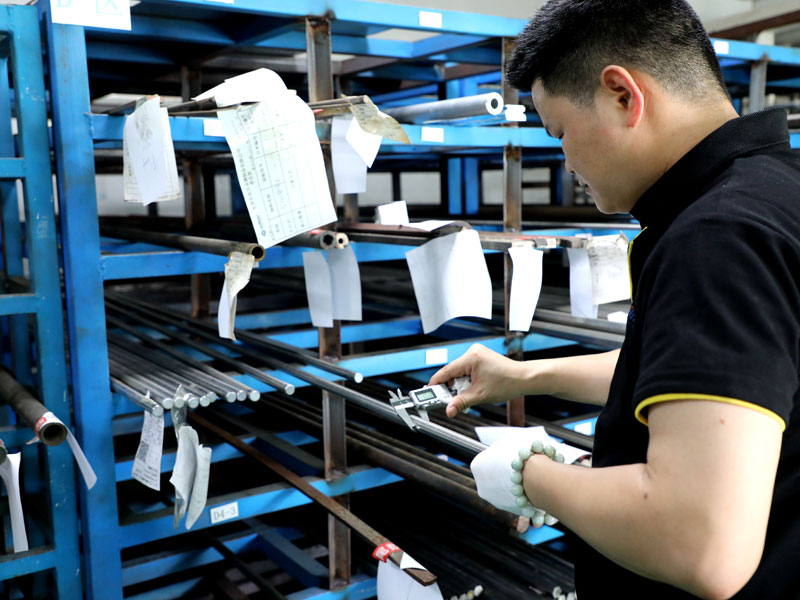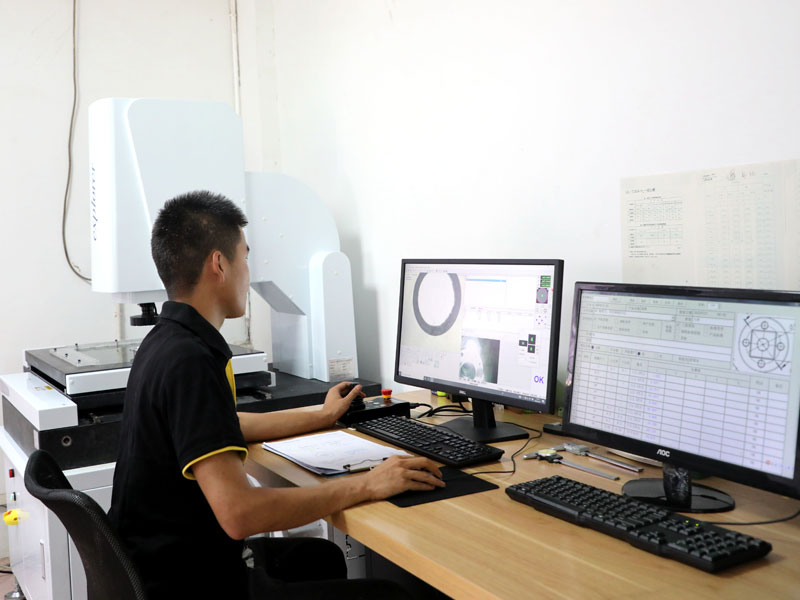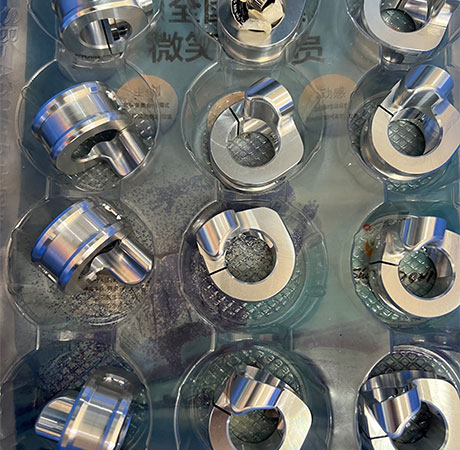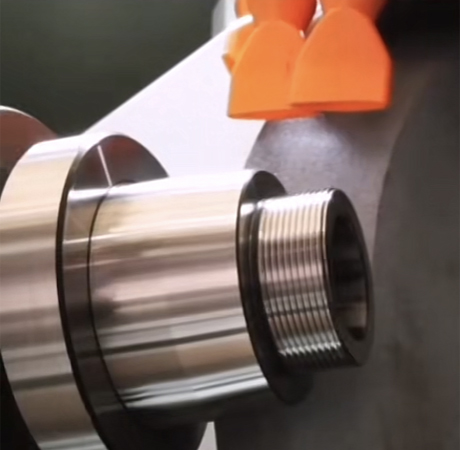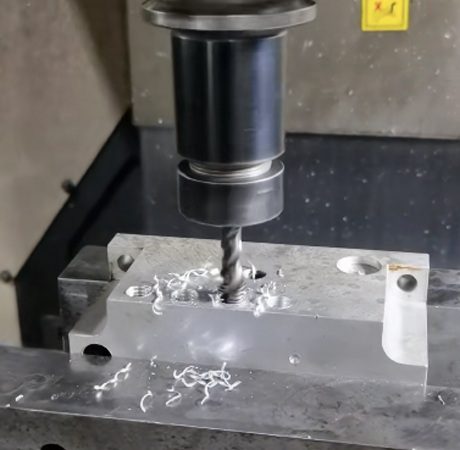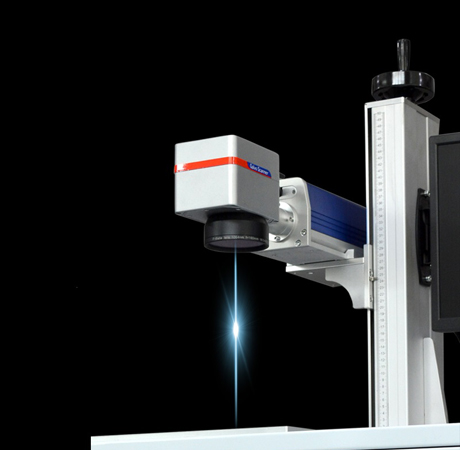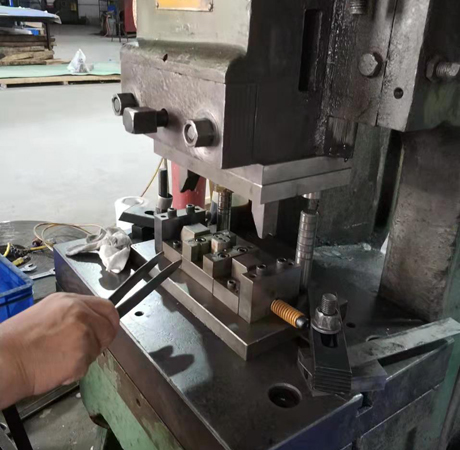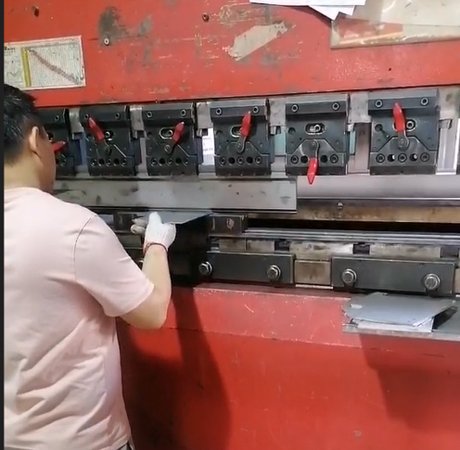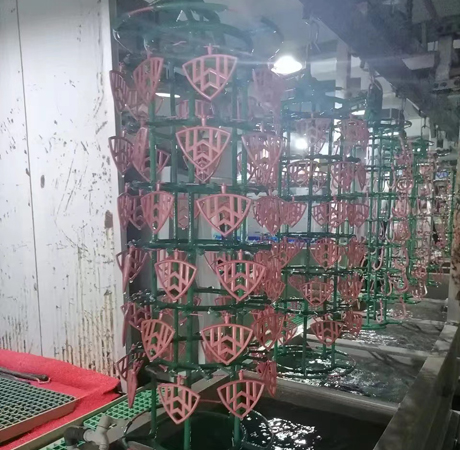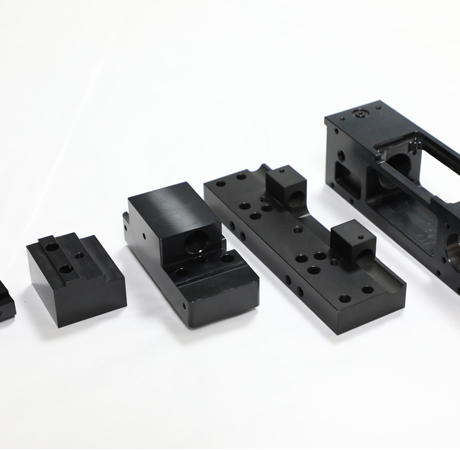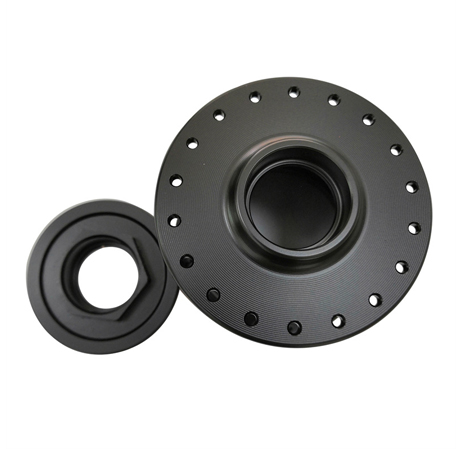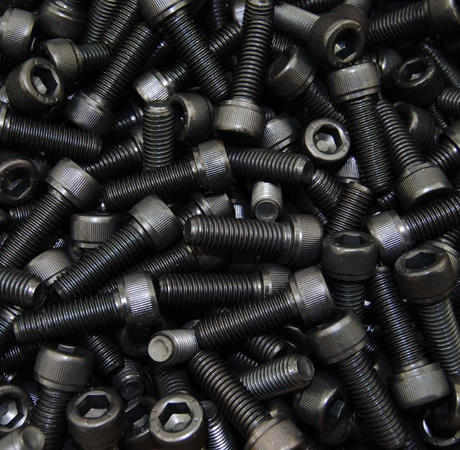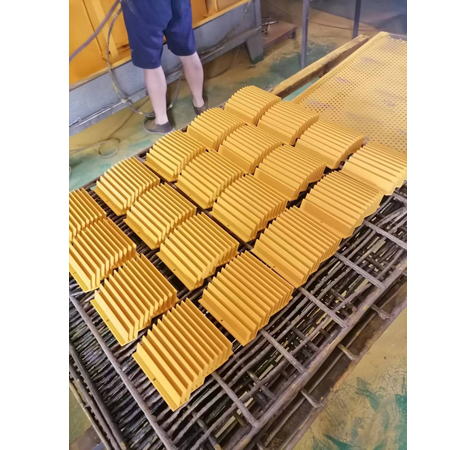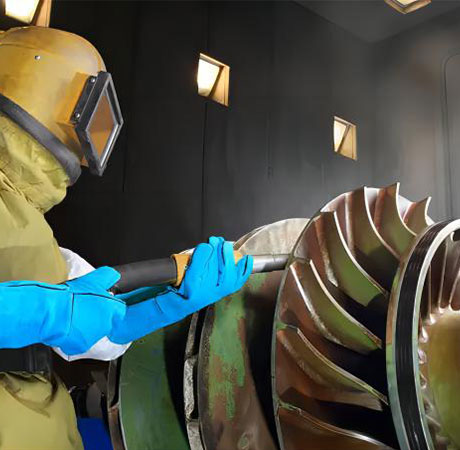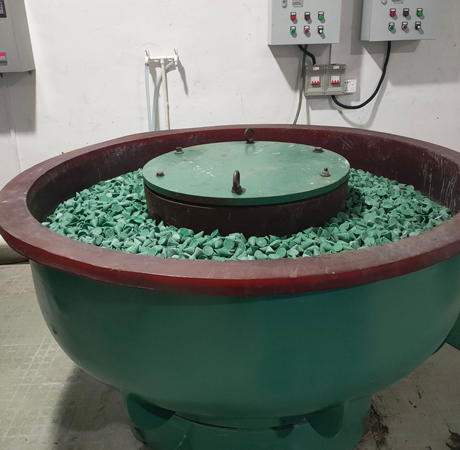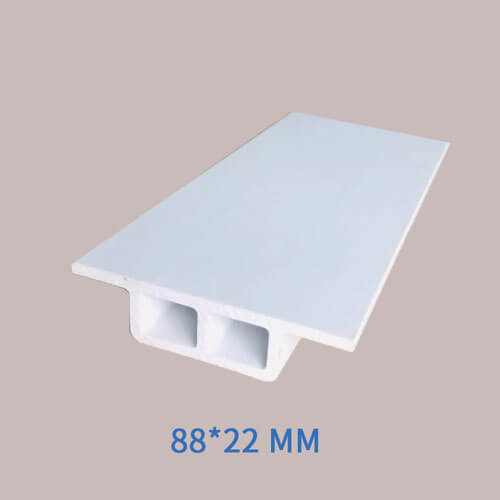Quality determines product vitality, and the quality management level determines the competitiveness of the company in the market. In order to ensure the smooth development of Sibai's quality management work, timely discover and quickly deal with product problems, and ensure that product quality meets management and market needs, Sibai formulated a quality management system for the entire process from order to delivery.
1. Incoming material inspection:
(1) After the purchased raw materials or accessories arrive, Sibai warehouse personnel inform the IQC quality inspection personnel to conduct inspection.
(2) Sibai IQC inspects the materials according to the "Incoming Inspection Specifications". After passing the inspection, IQC fills in the product inspection form, and gives each a copy for purchasing, warehouse, and quality control. Only after passing the inspection, can the product be put into storage.
(3) If the inspection is unqualified, IQC fills in an “Unqualified Notice” and notify the purchaser to return the unqualified material to supplier.
(4) In case the raw materials submitted for inspection are slightly unqualified, but the performance is overall not affective, in order to proceed the production, we consider a concessions. The IQC inspector fills in a “Non-Conformity Notice”, and the three departments of quality, engineering and production agree to allow concessions. Then the material can be put into storage.
(5) We record the information about suppliers including the investigation, development, evaluation into the "List of Qualified Suppliers", and communicate with suppliers from time to time. For the same material from the same supplier, if it is accepted in concession for more than 3 consecutive times within a year, we should consider to replace supplier or eliminate the supply qualification.
2. Process inspection:
(1) Before production, the on-duty master, quality inspector and employees must be required to carefully verify the materials put into production, confirm whether the performance of the machines and testing instruments to be used stably in good condition.
(2) Before mass production, the routine inspector inspects the first piece according to drawings, operation instructions, etc., to confirm whether the product size, appearance and performance meet the requirements, and fill in the "First Piece Inspection Report" before mass production.
(3) During the production process, the on-shift quality inspection shall conduct random inspections in production at a frequency of not less than 2H/time. If the production is by novice employees, key equipment, key positions, or for high-precision products, we should increase the frequency of random inspections, and fill out the "Process Inspection Report".
(4) When the production is going to complete, we should focus on the inspection of the last piece to ensure the quality of the entire batch of products, and fill in the "Last Piece Inspection Report" as required.
(5) We should clearly mark the unqualified products in the production process. We should focus on testing the size, performance and appearance of the reworked products, and carry out 100% inspection if necessary. Those that meet the requirements of the drawings can be released, and those that do not meet the requirements we have to fill in the "Scrap Application Form", indicating the reason for the scrap and hand it over to the superior for handling off.
(6) Product quality is built during manufacturing, but not obtained by testing. In the daily work, we ask the operators and masters to implement self-inspection, mutual inspection, and special inspection. We must make it clear about goals and responsibilities to reduce problems.
3. Warehousing inspection of finished products and semi-finished products:
(1) We inspect the semi-finished products according to the "Semi-finished Product Inspection Specification".
(2) After every processing step, the products need to be stored to the semi-finished warehouse for re-inspection. After approval, the inspector shall stamp with a qualified seal on the identification card for this semi-finished, and fill in an "Inspection Report for Warehousing of Finished Products and Semi-finished Products" as required.
(3) The warehouse personnel supervise the placement and packaging of the products in the warehouse, reject the unqualified products, and require the production workshop to make rectification before they are put into the warehouse.
(4) The warehouse personnel issue a "Non-Conformity Notice" for the quality problems, and feedback and follow up with the relevant departments to ensure that the problems can be solved and improved in time.
4. Finished product inspection:
(1) Quality inspection is based on "Product Inspection Specification" to inspect finished products.
(2) We shall perform “performance test” according to customer requirements, and follow up the test results.
(3) When random inspection, we try to collect samples from every box.
(4) According to the operation instructions, inspection specifications, samples, etc. We carry out finished product and shipment inspection.
(5) We stamp a qualified seal when products pass the inspection and fill in the "Finished Product Inspection Report".
(6) We isolate the failed products, distinguish and mark them; and issue a "Non- Conformity Notice" , and submit it to the relevant departments.
Inspection can only prevent the outflow of defective products, but not their generation. "Quality" is not determined by inspection, but by production. Sibai's quality management philosophy is full staff participation. No matter quality inspection or production, everyone's common goal is to improve quality management, reduce problems, and improve product quality. Employees, managers and quality inspectors conduct self-inspection, patrol inspection and special inspection in the whole process of production, truly achieving the whole process of quality control.


